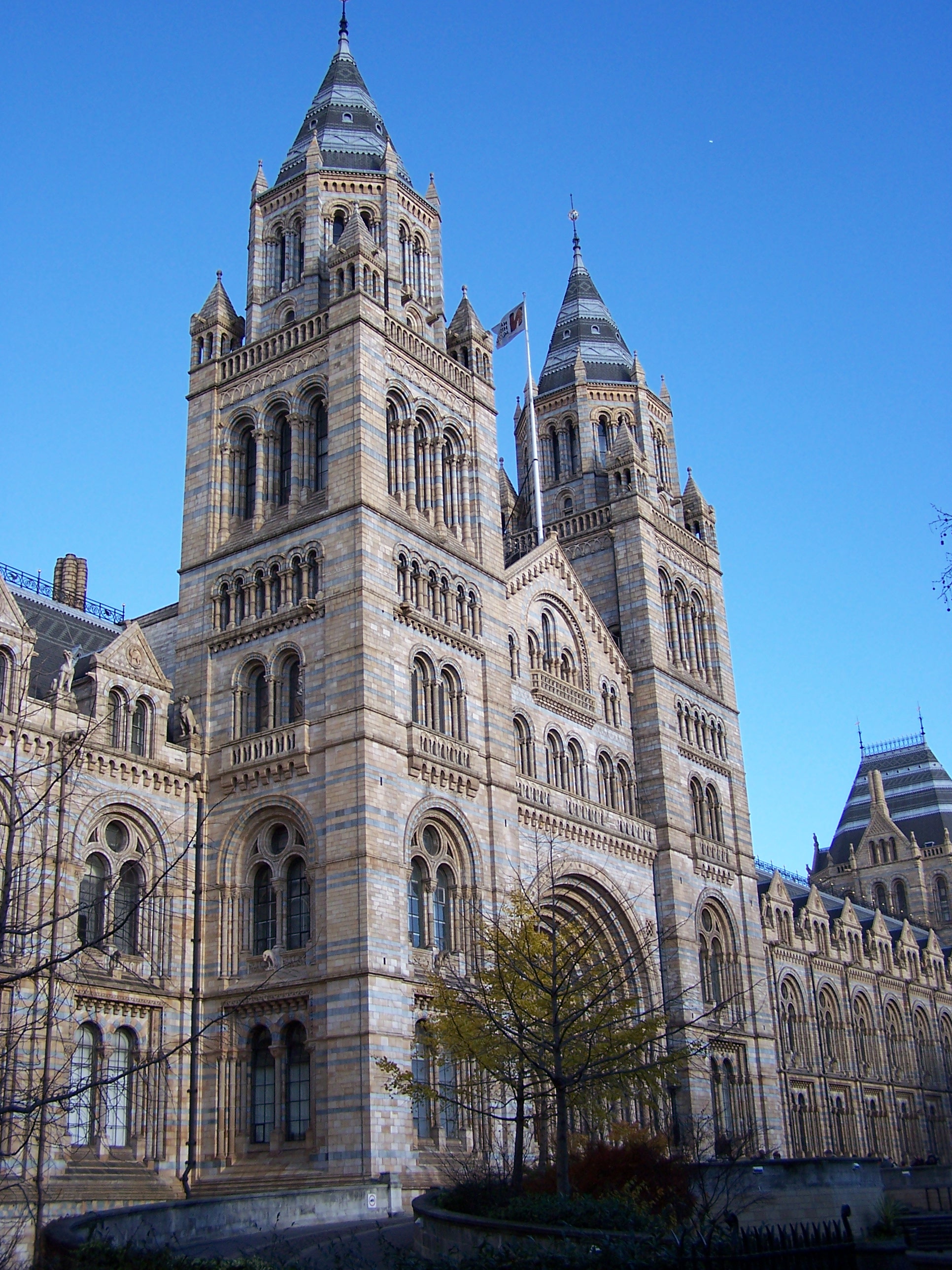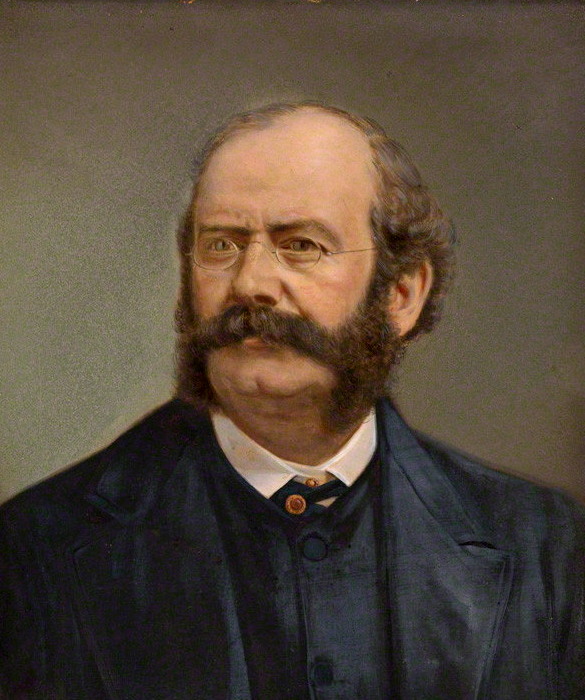1881 In Architecture on:
[Wikipedia]
[Google]
[Amazon]
The year 1881 in architecture involved some significant architectural events and new buildings.
 *
*

Buildings and structures
Buildings
 *
* Alþingishúsið
(, ''The Parliament House'') is a classical 19th-century structure which stands by Austurvöllur in central Reykjavík, Iceland. It houses , the Icelandic parliament. The building was designed by Ferdinand Meldahl and built using hewn Icelandic ...
in Reykjavík
Reykjavík is the Capital city, capital and largest city in Iceland. It is located in southwestern Iceland on the southern shore of Faxaflói, the Faxaflói Bay. With a latitude of 64°08′ N, the city is List of northernmost items, the worl ...
, Iceland
Iceland is a Nordic countries, Nordic island country between the Atlantic Ocean, North Atlantic and Arctic Oceans, on the Mid-Atlantic Ridge between North America and Europe. It is culturally and politically linked with Europe and is the regi ...
, designed by Ferdinand Meldahl
Ferdinand Meldahl (16 March 1827 – 3 February 1908) was a Danish architect best known for the reconstruction of Frederiksborg Castle after the fire in 1859. Meldahl was one of the leading proponents of historicism in Denmark.
Biography
He was t ...
, is opened to house the Althing
The (; ), anglicised as Althingi or Althing, is the Parliamentary sovereignty, supreme Parliament, national parliament of Iceland. It is the oldest surviving parliament in the world. The Althing was founded in 930 at ('Thing (assembly), thing ...
(national parliament)
* British Museum (Natural History)
The Natural History Museum in London is a museum that exhibits a vast range of specimens from various segments of natural history. It is one of three major museums on Exhibition Road in South Kensington, the others being the Science Museum and ...
in London
London is the Capital city, capital and List of urban areas in the United Kingdom, largest city of both England and the United Kingdom, with a population of in . London metropolitan area, Its wider metropolitan area is the largest in Wester ...
, England
England is a Countries of the United Kingdom, country that is part of the United Kingdom. It is located on the island of Great Britain, of which it covers about 62%, and List of islands of England, more than 100 smaller adjacent islands. It ...
, designed by Alfred Waterhouse
Alfred Waterhouse (19 July 1830 – 22 August 1905) was an English architect, particularly associated with Gothic Revival architecture, although he designed using other architectural styles as well. He is perhaps best known for his designs ...
, is opened
* Founder's Building at Royal Holloway College
Royal Holloway, University of London (RH), formally incorporated as Royal Holloway and Bedford New College, is a public research university and a member institution of the federal University of London. It has six schools, 21 academic departmen ...
, Egham
Egham ( ) is a town in the Borough of Runnymede in Surrey, England, approximately west of central London. First settled in the Bronze Age, the town was under the control of Chertsey Abbey for much of the Middle Ages. In 1215, Magna Carta was ...
in England, designed by William Henry Crossland, is completed
* Tweed Courthouse
The Tweed Courthouse (also known as the Old New York County Courthouse) is a historic courthouse building at 52 Chambers Street (Manhattan), Chambers Street in the Civic Center, Manhattan, Civic Center of Manhattan in New York City, New Y ...
is completed by Leopold Eidlitz in New York City
New York, often called New York City (NYC), is the most populous city in the United States, located at the southern tip of New York State on one of the world's largest natural harbors. The city comprises five boroughs, each coextensive w ...
* The National Theatre (Prague)
The National Theatre () is a historic opera house in Prague, Czech Republic. It is known as the alma mater of Czech opera, and as the national monument of Czech history and art.
The National Theatre belongs to the most important Czech cultural ...
, designed in 1865–68 by Josef Zítek, is opened officially
* Construction of St Stephen's Church, Bournemouth, England, designed by John Loughborough Pearson
John Loughborough Pearson (5 July 1817 – 11 December 1897) was a British Gothic Revival architect renowned for his work on churches and cathedrals. Pearson revived and practised largely the art of vaulting, and acquired in it a proficie ...
, is begun
Awards
*RIBA
''Riba'' (, or , ) is an Arabic word used in Islamic law and roughly translated as " usury": unjust, exploitative gains made in trade or business. ''Riba'' is mentioned and condemned in several different verses in the Qur'an3:130
Royal Gold Medal
The Royal Gold Medal for architecture is awarded annually by the Royal Institute of British Architects on behalf of the British monarch, in recognition of an individual's or group's substantial contribution to international architecture. It is gi ...
– George Godwin.
* Grand Prix de Rome, architecture: Henri Deglane.
Births
*March 29
Events Pre-1600
* 1430 – The Ottoman Empire under Murad II captures Thessalonica from the Republic of Venice.
* 1461 – Battle of Towton: Edward of York defeats Queen Margaret to become King Edward IV of England, bringing a ...
– Raymond Hood
Raymond Mathewson Hood (March 29, 1881 – August 14, 1934) was an American architect who worked in the Gothic Revival architecture, Neo-Gothic and Art Deco styles. He is best known for his designs of the Tribune Tower, American Radiator Building ...
, American Art Deco architect (died 1934
Events
January–February
* January 1 – The International Telecommunication Union, a specialist agency of the League of Nations, is established.
* January 15 – The 8.0 1934 Nepal–Bihar earthquake, Nepal–Bihar earthquake strik ...
)
* August 2
Events Pre-1600
*338 BC – A Ancient Macedonian army, Macedonian army led by Philip II of Macedon, Philip II defeated the combined forces of Athens and Thebes, Greece, Thebes in the Battle of Chaeronea (338 BC), Battle of Chaeronea, secu ...
– Walter Godfrey
Walter Hindes Godfrey, CBE, FSA, FRIBA (1881–1961), was an English architect, antiquary, and architectural and topographical historian. He was also a landscape architect and designer, and an accomplished draftsman and illustrator. He w ...
, English architectural historian and architect (died 1961
Events January
* January 1 – Monetary reform in the Soviet Union, 1961, Monetary reform in the Soviet Union.
* January 3
** United States President Dwight D. Eisenhower announces that the United States has severed diplomatic and cons ...
)
* ''date unknown'' – Nikolai Ladovsky, Russian avant-garde architect and educator, leader of the rationalist movement in 1920s architecture (died 1941
The Correlates of War project estimates this to be the deadliest year in human history in terms of conflict deaths, placing the death toll at 3.49 million. However, the Uppsala Conflict Data Program estimates that the subsequent year, 1942, wa ...
)

Deaths
*January 25
Events Pre-1600
* 41 – After a night of negotiation, Claudius is accepted as Roman emperor by the Senate.
* 750 – In the Battle of the Zab, the Abbasid rebels defeat the Umayyad Caliphate, leading to the overthrow of the dyn ...
– Konstantin Thon
Konstantin Andreyevich Thon or Ton (; October 26, 1794 – January 25, 1881) was a Russian architect who was one of the most notable architects during the reign Nicholas I. His major works include the Cathedral of Christ the Saviour, the Grand ...
, official architect of Imperial Russia during the reign of Tsar Nicholas (born 1794
Events
January–March
* January 1 – The Stibo Group is founded by Niels Lund as a printing company in Aarhus (Denmark).
* January 13 – The U.S. Congress enacts a law providing for, effective May 1, 1795, a United St ...
)
* April 20
Events Pre-1600
* 1303 – The Sapienza University of Rome is instituted by a bull of Pope Boniface VIII.
1601–1900
* 1653 – Oliver Cromwell dissolves England's Rump Parliament.
* 1657 – English Admiral Robert Blake destroy ...
– William Burges
William Burges (; 2 December 1827 – 20 April 1881) was an English architect and designer. Among the greatest of the Victorian era, Victorian art-architects, he sought in his work to escape from both nineteenth-century Industrial Revolution, ...
, English architect and designer (born 1827
Events
January–March
* January 5 – The first regatta in Australia is held, taking place in Tasmania (called at the time ''Van Diemen's Land''), on the River Derwent at Hobart.
* January 15 – Furman University, founded in 1826, b ...
)
* December 14
Events Pre-1600
* 557 – Constantinople is severely damaged by an earthquake, which cracks the dome of Hagia Sophia.
* 835 – Sweet Dew Incident: Emperor Wenzong of the Tang dynasty conspires to kill the powerful eunuchs of the ...
– Decimus Burton
Decimus Burton (30 September 1800 – 14 December 1881) was one of the foremost English architects and landscapers of the 19th century. He was the foremost Victorian architect in the Roman revival, Greek revival, Georgian neoclassical and Reg ...
, English architect and garden designer (born 1800
As of March 1 ( O.S. February 18), when the Julian calendar acknowledged a leap day and the Gregorian calendar did not, the Julian calendar fell one day further behind, bringing the difference to 12 days until February 28 ( O.S. February 16), ...
)
* December 18
Events Pre-1600
* 1118 – The city of Zaragoza is conquered by king Alfonso I of Aragon from the Almoravid.
* 1271 – Kublai Khan renames his empire "Yuan" (元 yuán), officially marking the start of the Yuan dynasty of Mongolia an ...
– George Edmund Street
George Edmund Street (20 June 1824 – 18 December 1881), also known as G. E. Street, was an English architect, born at Woodford in Essex. Stylistically, Street was a leading practitioner of the Victorian Gothic Revival. Though mainly an eccl ...
, English architect (born 1824
Events
January–March
* January 1 – John Stuart Mill begins publication of The Westminster Review. The first article is by William Johnson Fox
* January 8 – After much controversy, Michael Faraday is finally elected as a member of th ...
)
References
{{reflistArchitecture
Architecture is the art and technique of designing and building, as distinguished from the skills associated with construction. It is both the process and the product of sketching, conceiving, planning, designing, and construction, constructi ...
Architecture
Architecture is the art and technique of designing and building, as distinguished from the skills associated with construction. It is both the process and the product of sketching, conceiving, planning, designing, and construction, constructi ...
Years in architecture
19th-century architecture